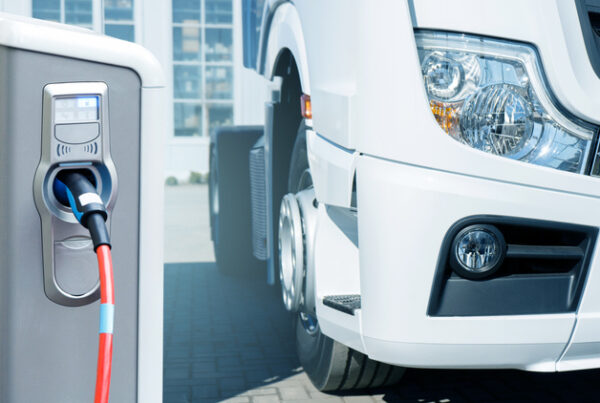Last month at the July 2022 New South Wales Professional Development Forum, we heard from Chris Dhu who gave us an insight into Essential Energy’s strategic thinking around fleet asset management.
Chris’s presentation explored the Essential Energy’s fleet management journey where a Fleet Transformation Strategy was developed – The Fleet Improvement Program (FLIP).
Essential energy has a wide range of assets and huge geographical footprint with over 3500 specialist assets stationed throughout regional, rural and remote NSW, across a range of climates (alpine to arid) with a range or support levels (urban to remote).
The Fleet Strategy outlined three objectives
- Improve the suitability and health of the fleet
- The introduction of Mobile (Fleet) Asset Management
- Build the Fleet of the Future
Chris explained one of the key steps was developing a clear picture of the desired result in order to successfully achieve it and implement the correct strategies.
“Getting clear on what we actually wanted was really important.”
The Fleet Improvement Project included three projects:
Fleet Portfolio Strategy
The fleet portfolio strategy was designed to improve the health and suitability of the fleet through strategic investment and divestment through the following objectives:
- Lower the fleet age profile, thereby reducing operating risk through improved asset health and adoption of modern safety technology
- Correct (increase) the representation of more capable heavy vehicles in the fleet
- Place downward pressure on total fleet size by removing duplicated or surplus capability
Mobile Asset Management Transformation
The mobile asset management transformation strategy established Mobile (Fleet) Asset and Maintenance Management functions within Essential Energy, partnering with Hatch.
Cost, risk, and performance is measured and managed to meet the specialist (utility) needs, with the Fleet Management System (FMS) managing activities, facilitating processes and transaction, and managing asset information.
Activities are executed by a blend of internal and external resources to ensure efficiency and effectiveness of service across the geographical footprint.
In-Vehicle Monitoring System (IVMS)
- The In-Vehicle Monitoring System (IVMS) project was established with the intent of lowering driving risk and improving duress response. This technology provides a source of data, shedding light on how assets are performing and the demands they are facing.
Chris’s insight into Essential Energy’s Fleet Transformation Strategy gives other us all an example of successful fleet development and management, showing what we can do to better our fleets. We would like to extend a special thank you to Chris Dhu for his time and sharing his experiences with us all.
Did you find this article helpful? Please give it a like by clicking the heart button above.




















